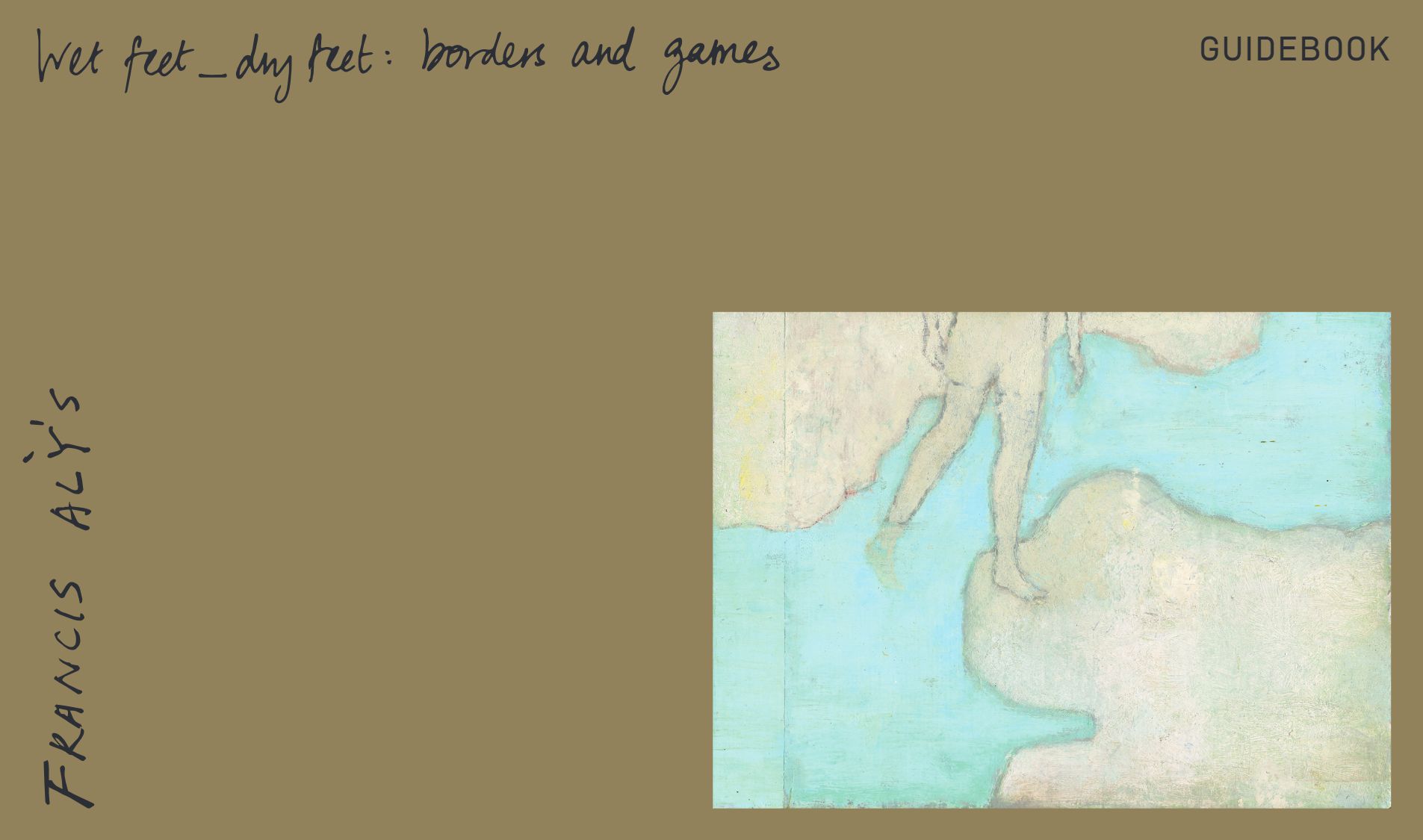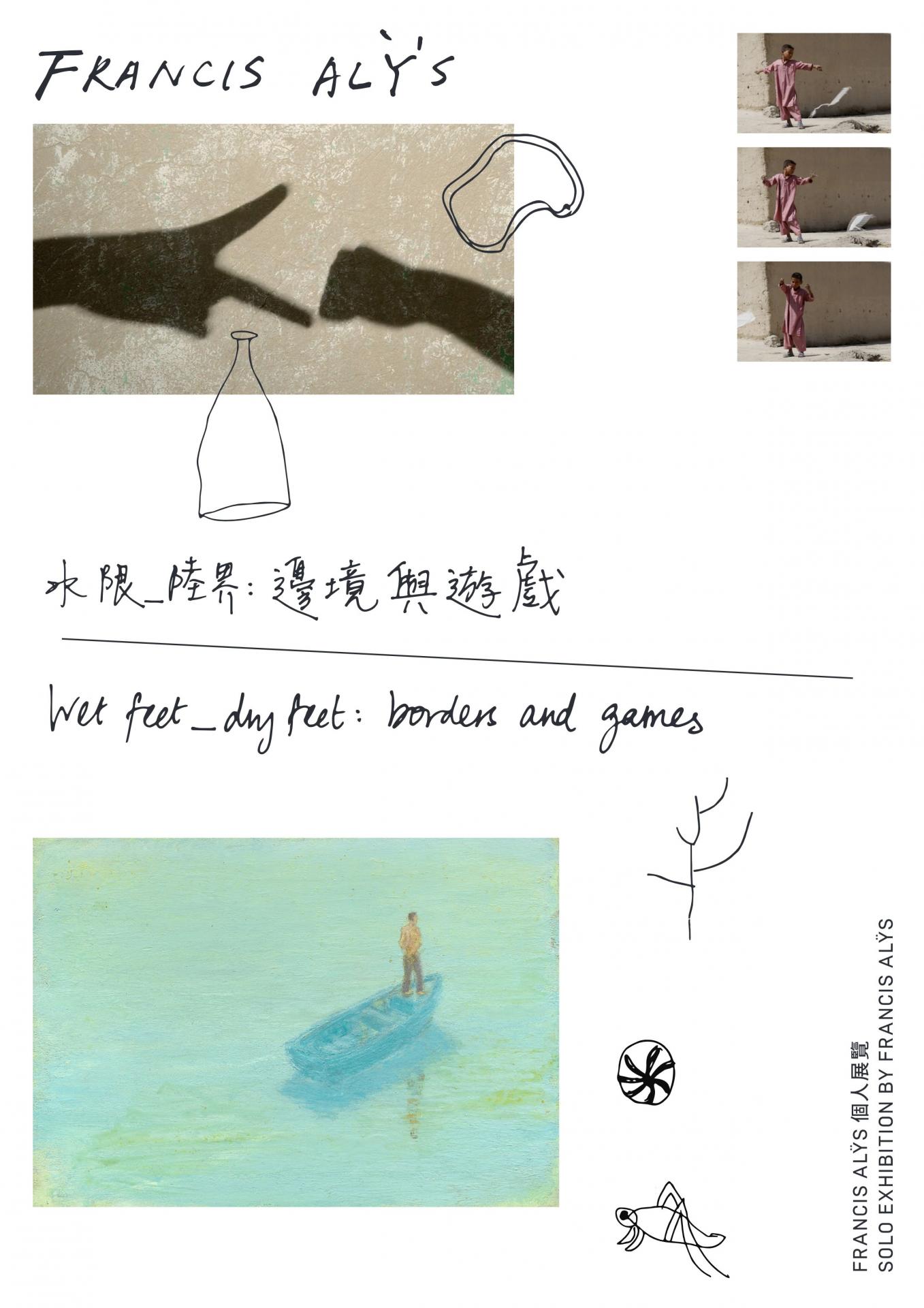Curators: Xue Tan & Sunjung Kim
Co-presenter: Art Sonje Center, Seoul
Wet feet __ dry feet: borders and games gathers for the first time in Hong Kong important recent works by Francis Alÿs, one of the most influential conceptual artists of our time. Structured around the artist’s interest in migration, borders, and his fascination with children’s games from around the world, this solo exhibition highlights Francis Alÿs’s poetic, imaginative sensibility, anchored by geopolitical concerns and individual will while being grounded in everyday life.
The title of the exhibition was the spark to Alÿs’s works in this exhibition: “Wet Feet, Dry Feet” refers to the US policy on Cuban refugees in 1995. Under this policy, Cuban migrants headed for the United States faced vastly different treatment depending on whether they were intercepted at sea or on land, on US soil. If intercepted at sea (“wet feet”), they would be repatriated back to Cuba; if intercepted on land (“dry feet”), they would be allowed to stay in the United States. For a Hong Kong audience, this might sound uncannily familiar: the “Touch Base” policy in 1970s Hong Kong meant that Mainland Chinese migrants would be sent back to the Mainland if intercepted at sea or in the New Territories; only if they reached south of Boundary Street—the formal boundary between Kowloon and the New Territories—were migrants allowed to stay legally in the territory (in the quirky British sports reference, “touch base”).
The connection between borders and games in Francis Alÿs’s artistic practice lies at the heart of the exhibition. After his quixotic attempt to connect Havana and Florida through lines of boats volunteered by fishing communities and private boat owners in Bridge/Puente (2006), the artist shifted his attention to the narrower Strait of Gibraltar, a waterway 13 km wide, with the imaginative impulse of connecting Northern Africa and Southern Europe with lines of fishing boats—which were later enacted metaphorically by groups of children departing from the shores with “shoe boats”, tiny boats made with babouches and flip-flop sandals. In a process that took two years of preparation, the artist evaded interference and interest from various parties, and filmed the final performance as a utopian endeavour. Presented alongside the video installation Don’t Cross the Bridge Before Getting to the River (2008) are over 100 paintings and drawings, as well as notes drafted along the production of the project. While working with these children, Alÿs was reminded of his long-time observation of children at play, particularly their appropriation of public spaces for play and their strong sense of moving freely within “rules”.
His latest on-going project, Children’s Games (1999–present), consists of more than 20 documentary videos of children at play in various locations; some were filmed in countries that have suffered from ongoing war and conflicts, such as Afghanistan and Iraq, as well as other places such as Nepal, Jordan, Mexico, France, and Hong Kong—the last featuring newly commissioned videos by Tai Kwun Contemporary. Without ever becoming directly involved, the artist documents children moving in their own ways and playing their games—games which also echo the rituals, symbols, insights, superstitions and events of the specific society, culture, and locality. Children’s Games is in the vein of his artistic practice—touching poetically on conceptual displacement and alluding lightly, whimsically on politics and social engagement. Viewers can observe a poignant sense of innocence and the redemptive power of play—universal and transcending conventions, boundaries, and borders.
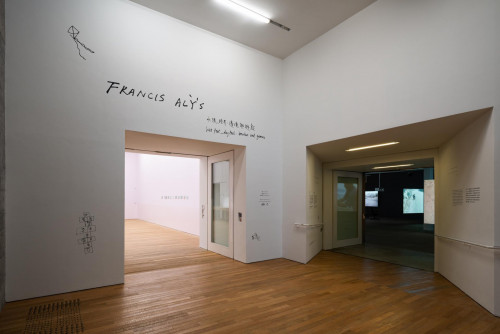
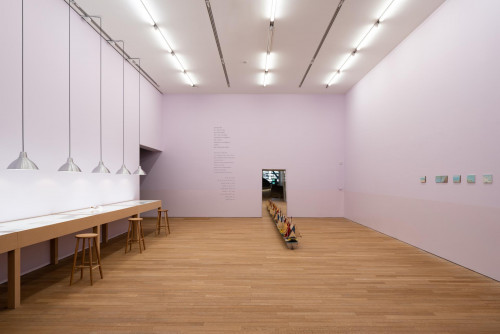
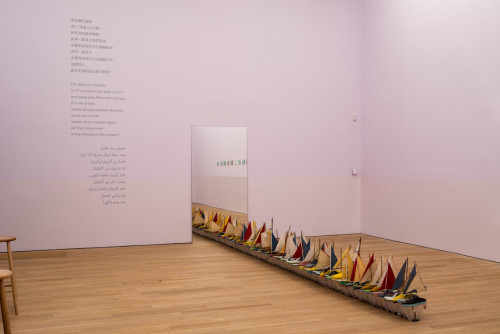
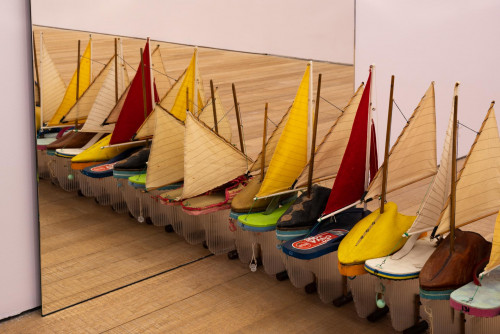

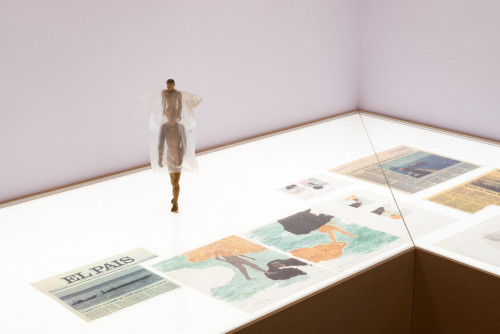
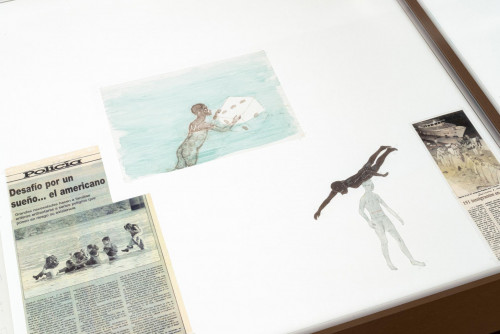
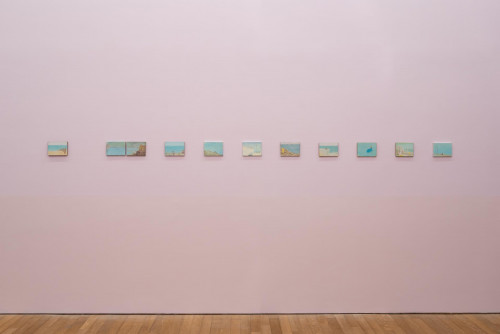
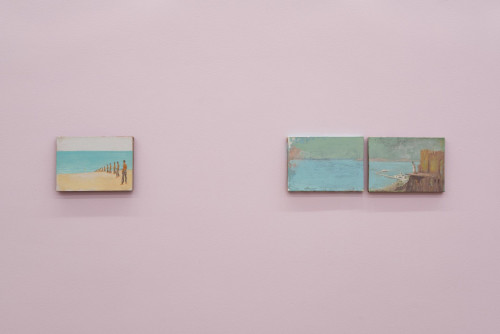
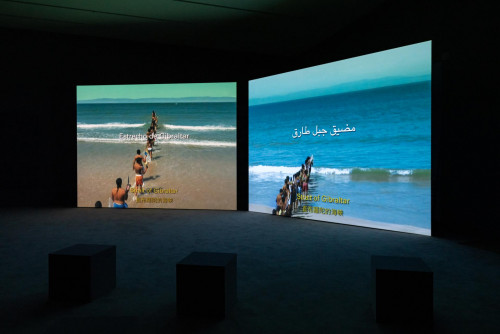
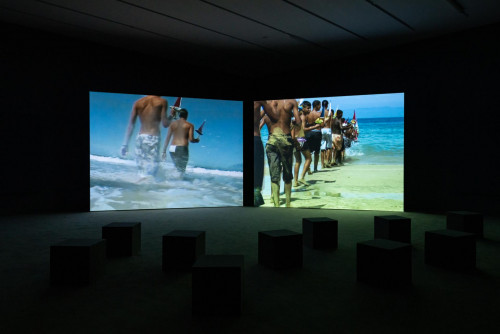

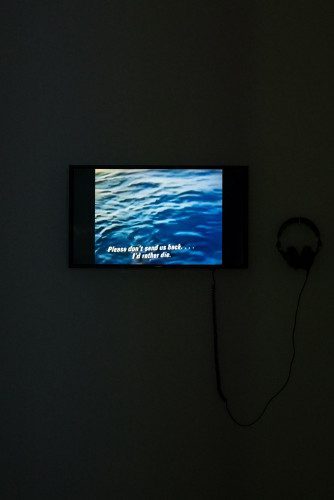
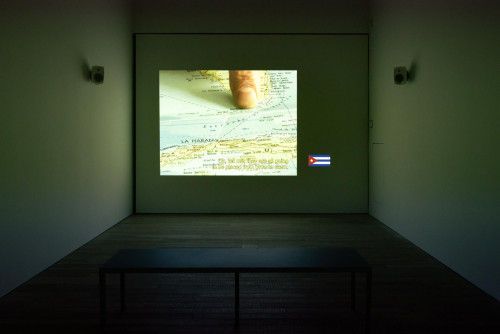
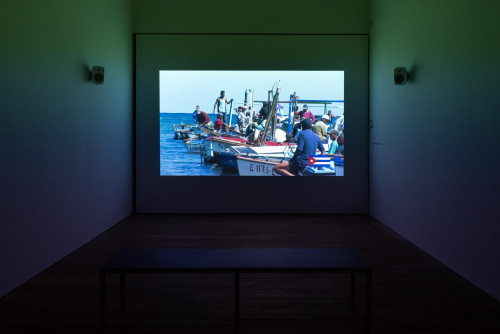
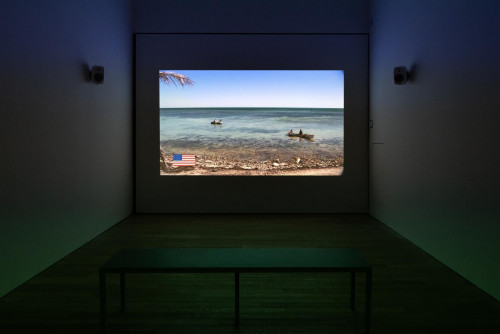
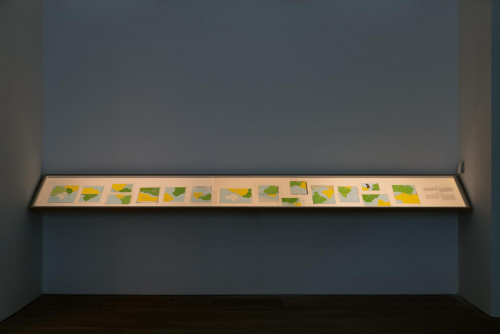
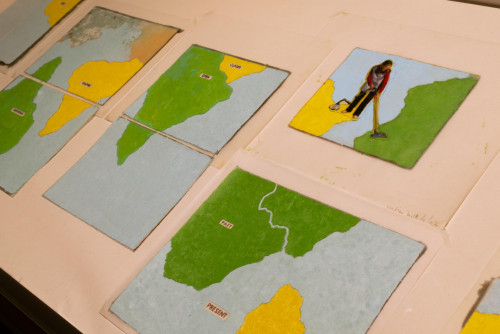
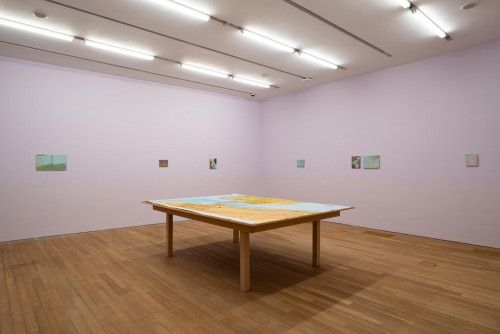
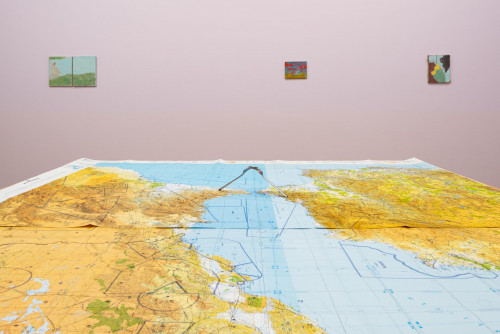
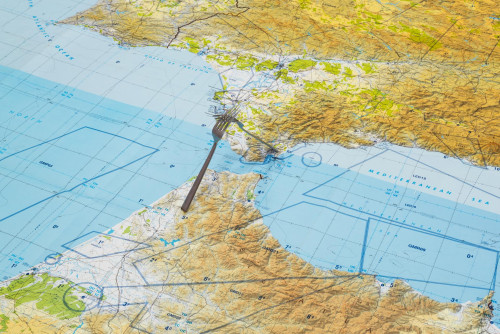
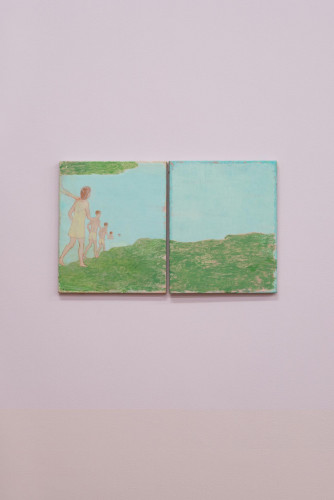
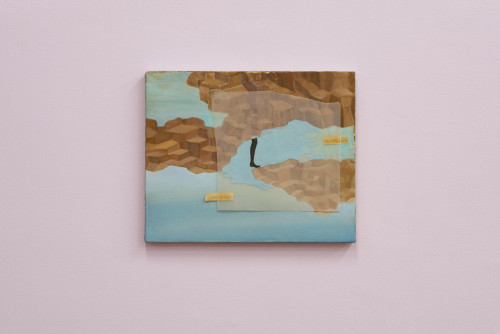
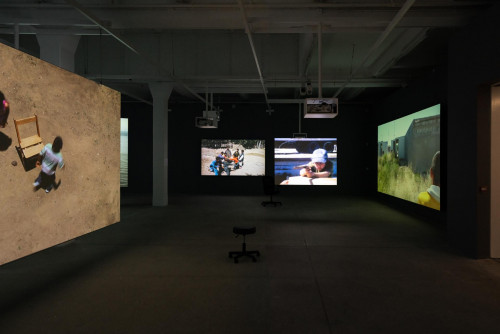
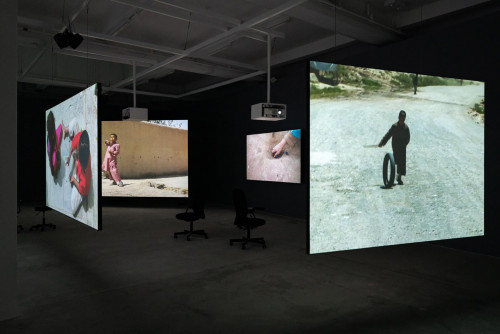
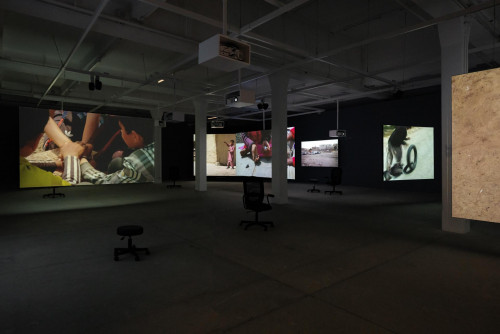
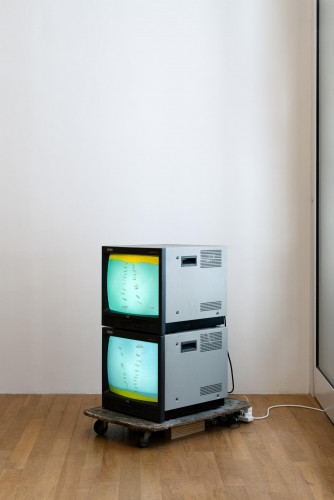
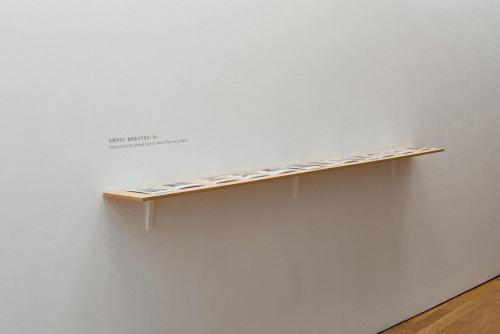
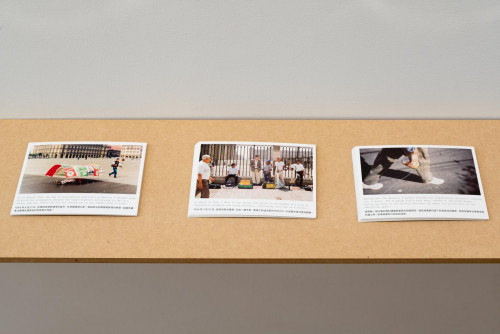
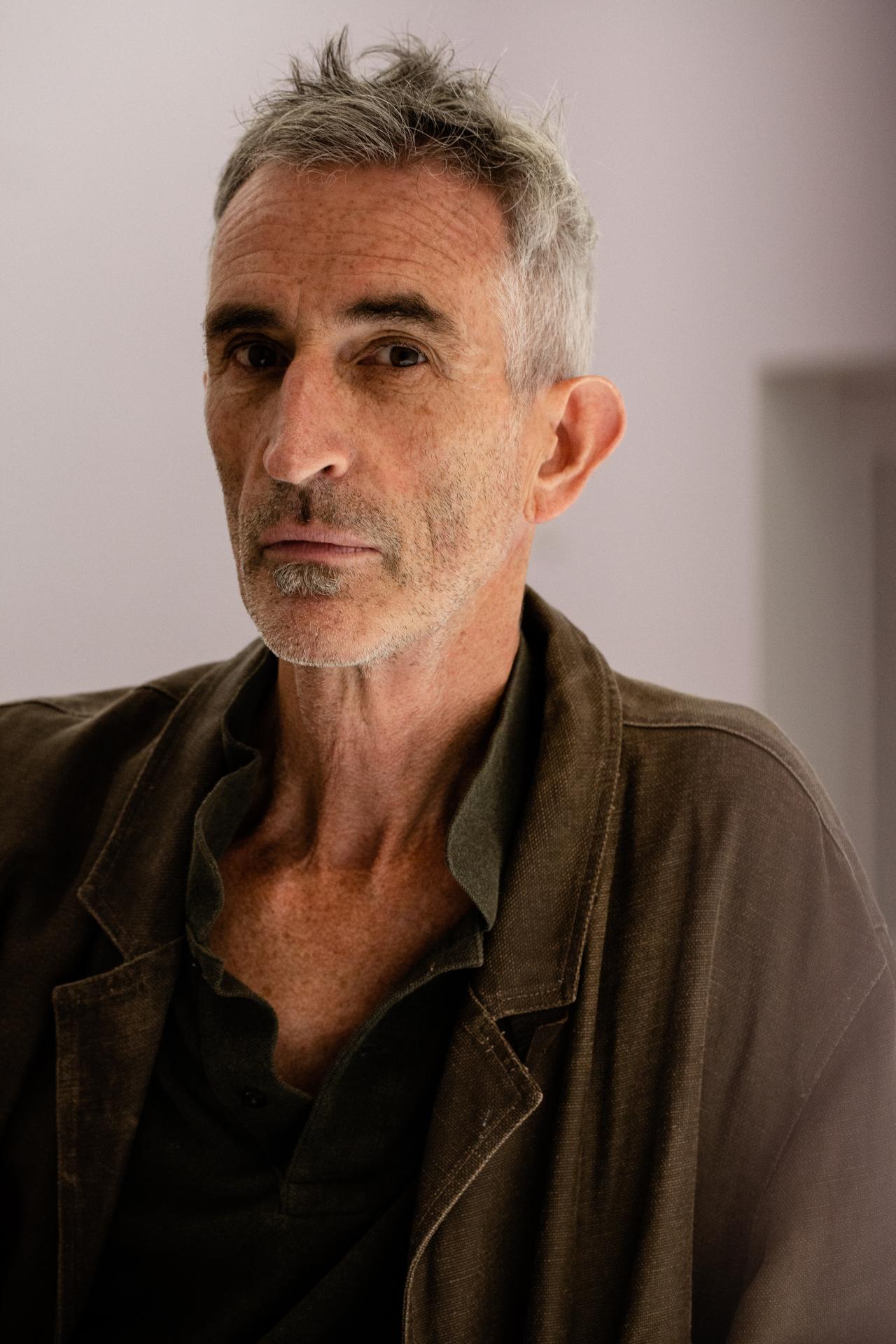 Photography: Amanda Kho
Photography: Amanda Kho